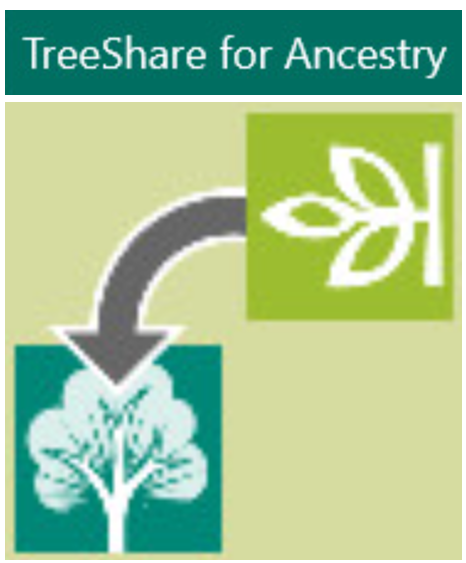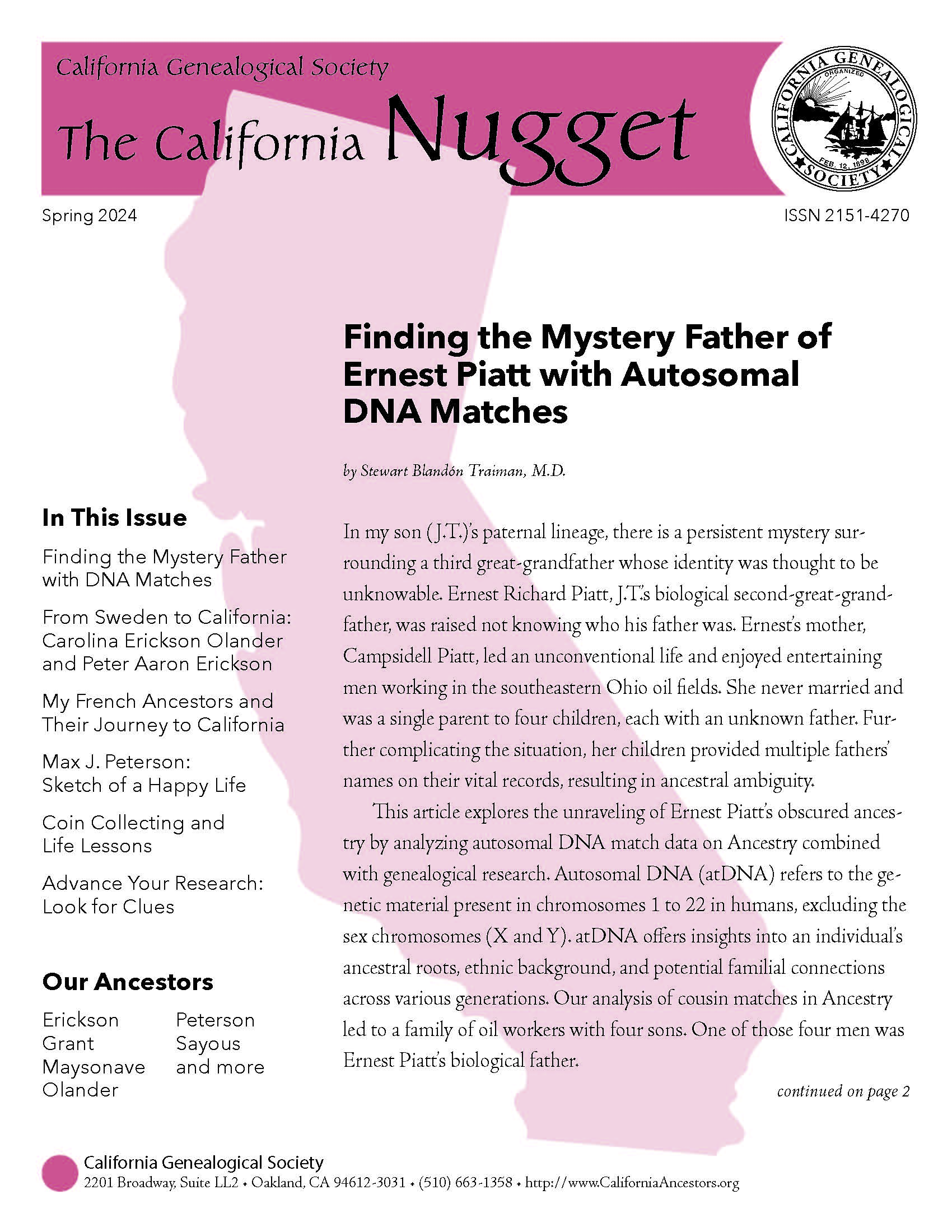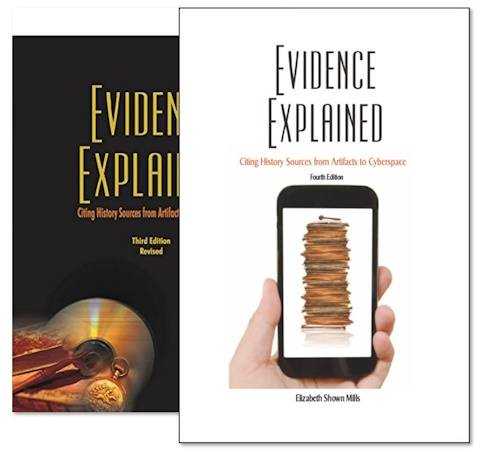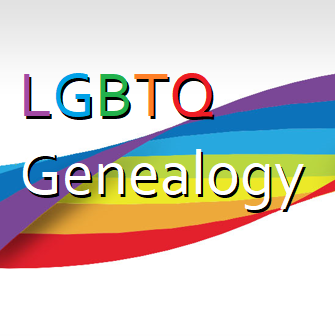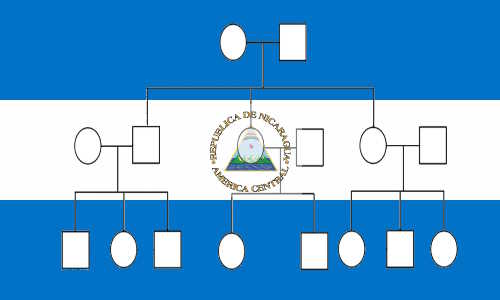Sex versus Gender
Most people use the terms “sex” and “gender” interchangeably. They are the same thing, aren’t they? This confusion exists because we’re taught from a young age that our anatomy dictates our expression of masculinity or femininity. Society tightly weaves sex and gender together, teaching us that one influences the other. […]


